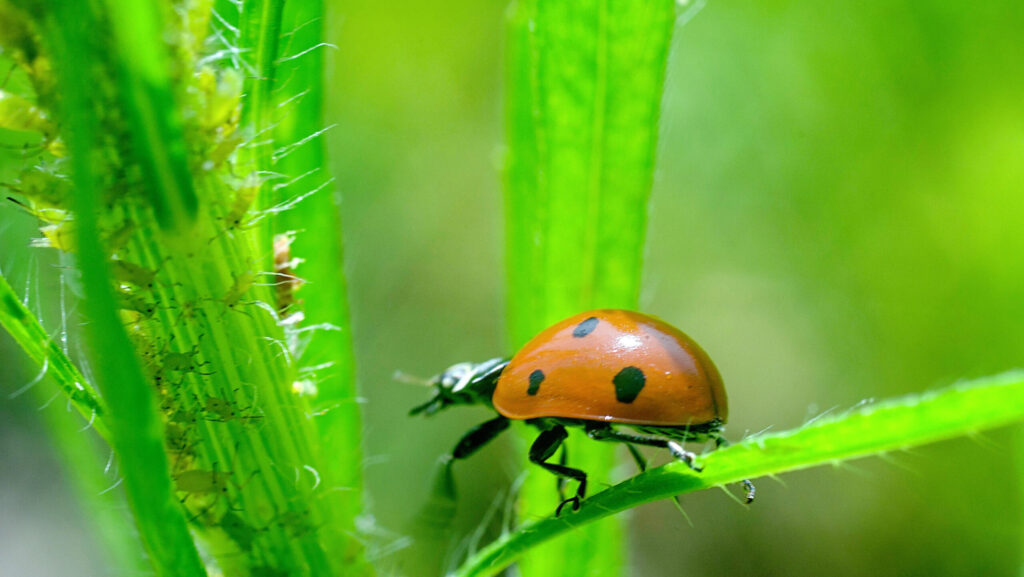Nature’s delicate balance has been disrupted countless times throughout history by human intervention. One particularly fascinating chapter in this ongoing saga involves the deliberate introduction of insects to solve agricultural or ecological problems. While these tiny creatures are often imported with the noblest of intentions—controlling pests, pollinating crops, or restoring ecosystem functions—the road to environmental catastrophe is sometimes paved with well-meaning solutions. This article explores the complex world of biological control gone wrong, examining cases where helpful insects transformed into invasive nightmares, forever altering ecosystems and teaching scientists hard lessons about the interconnectedness of all living things.
The Science of Biological Control: A Double-Edged Sword
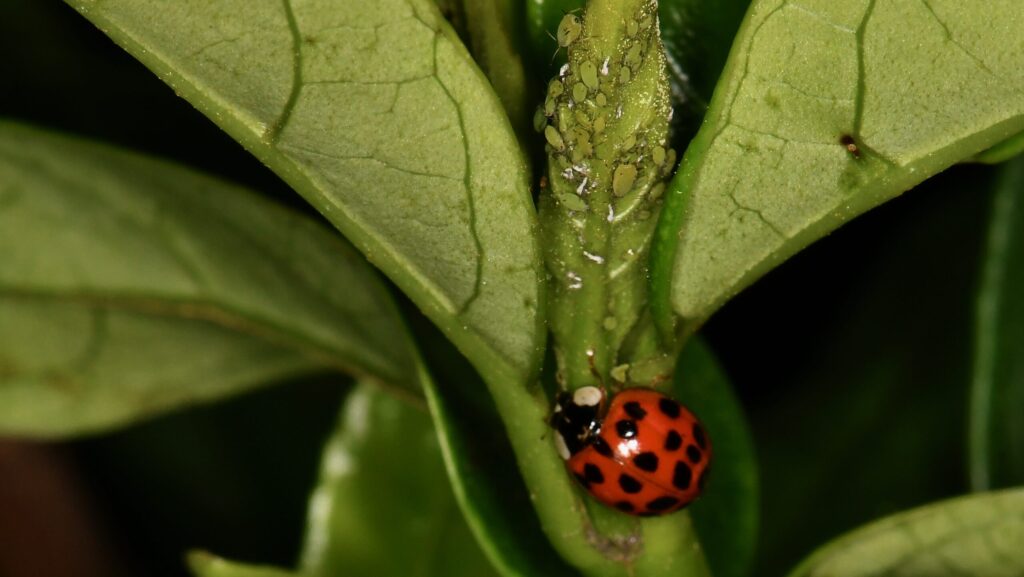
Biological control represents one of humanity’s most elegant approaches to pest management, using nature’s own mechanisms rather than chemical interventions. The concept is brilliantly simple: identify a problematic species, find its natural enemy, and introduce that predator or parasite to keep the pest in check. When successful, biological control can be remarkably effective, environmentally friendly, and self-sustaining. Scientists have used this technique for over a century, with many notable successes against agricultural pests that would otherwise require massive pesticide applications. However, the same qualities that make biological control agents effective—their ability to reproduce, spread, and persist without human assistance—can transform them into ecological nightmares when they expand beyond their intended targets or habitats. This fundamental tension between utility and risk lies at the heart of many biological control disasters throughout history.
The Cane Toad Catastrophe: A Cautionary Tale
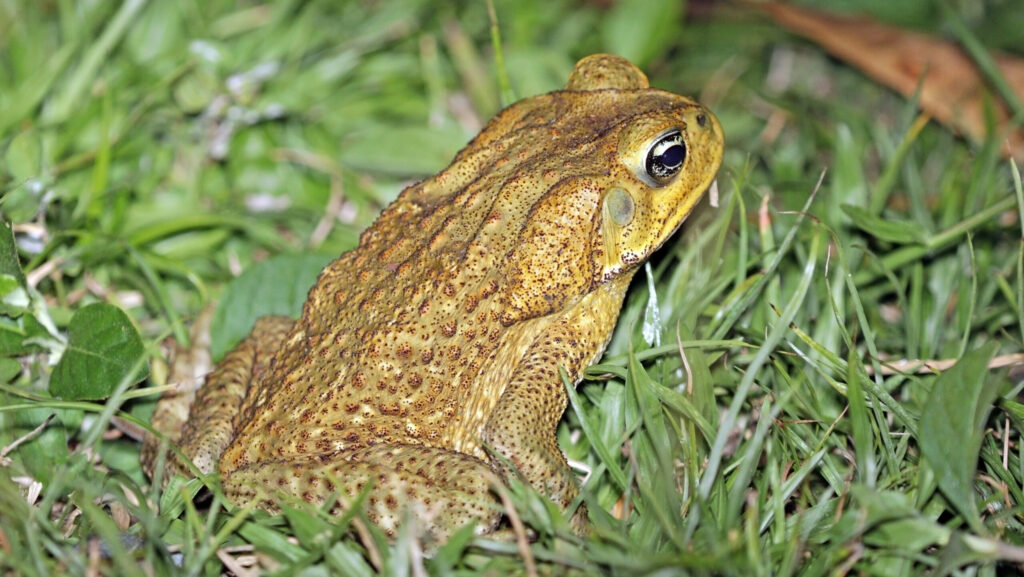
Perhaps no biological control disaster is more infamous than Australia’s cane toad tragedy, which began with insect-eating amphibians rather than insects themselves. In 1935, agricultural scientists imported 102 cane toads from Hawaii to Queensland, Australia, hoping they would devour cane beetles that were damaging valuable sugar cane crops. The consequences were disastrous as the toads largely ignored the beetles and instead began consuming virtually everything else while reproducing explosively. Today, more than 200 million cane toads inhabit Australia, causing widespread ecological damage and endangering native wildlife with their toxic skin secretions. This catastrophic miscalculation teaches us a critical lesson about the dangers of introducing non-native species without thorough understanding of their potential behaviors in new environments—a lesson that applies equally to insect introductions. The cane toad disaster serves as the archetypal warning for all biological control efforts, including those involving beneficial insects gone rogue.
The Asian Ladybug Invasion: From Crop Savior to Household Pest
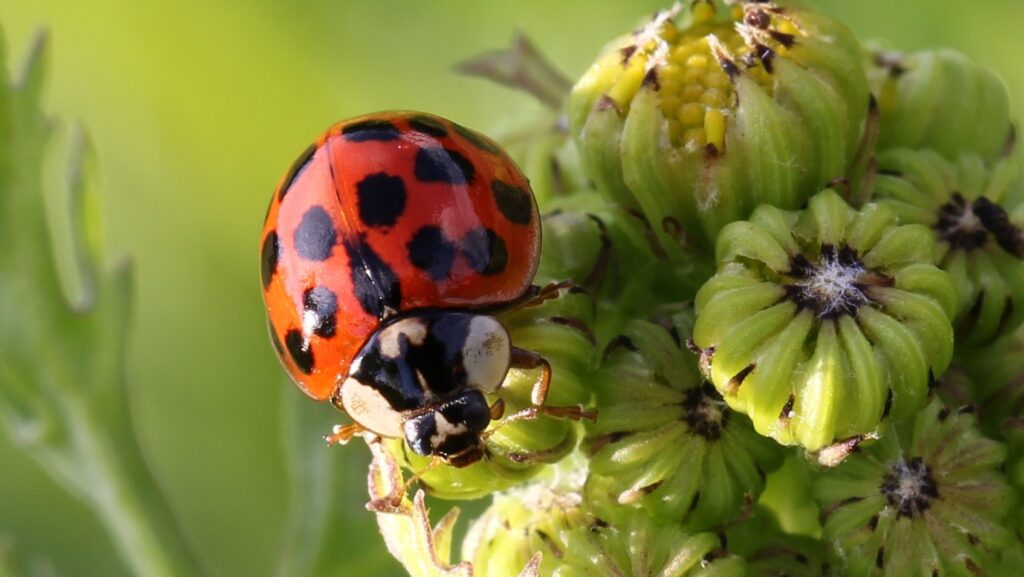
The multicolored Asian lady beetle (Harmonia axyridis) exemplifies how even the most beneficial insects can develop problematic behaviors when introduced to new environments. Originally from eastern Asia, these ladybugs were deliberately released in North America beginning in the early 20th century to control aphids and scale insects in agricultural settings. Their voracious appetite for plant pests initially made them heroes in the biological control world, efficiently protecting crops with minimal environmental impact. However, these beetles soon revealed their darker side, outcompeting native ladybug species and causing several unforeseen problems. Unlike their native counterparts, Asian lady beetles invade homes in massive numbers during colder months, stain surfaces with their defensive secretions, occasionally bite humans, and can trigger allergic reactions in sensitive individuals. Their overwhelming success story illustrates how biological control agents can expand far beyond their intended role, creating new problems while solving others.
Killer Bees: When Breeding Experiments Go Wrong
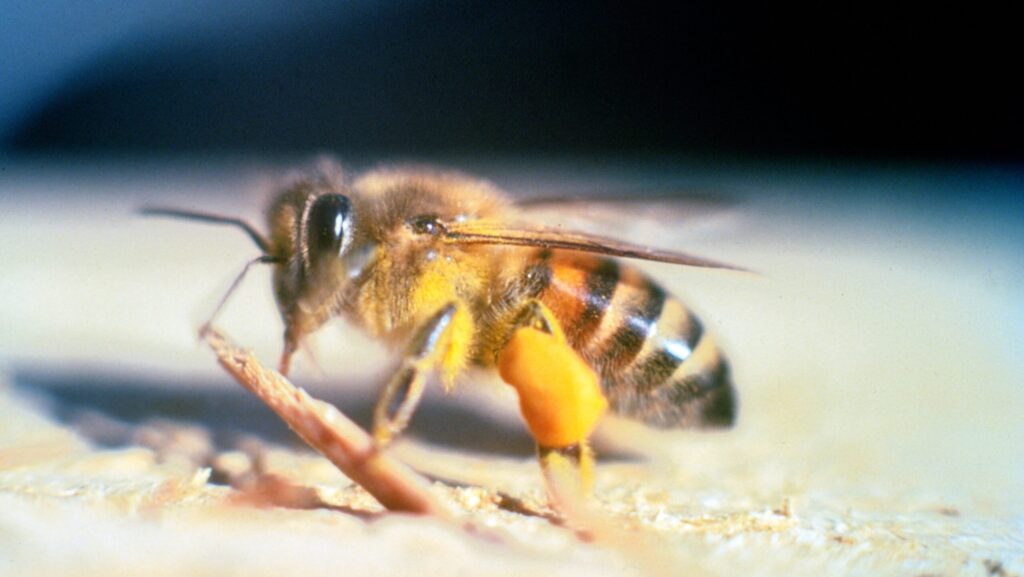
The notorious “killer bee” phenomenon demonstrates how attempts to enhance beneficial insects can unleash unintended consequences across continents. In 1956, Brazilian scientist Warwick Kerr imported African honey bees to breed with European honey bees, hoping to create a hybrid with improved honey production capabilities for tropical climates. However, several queen bees accidentally escaped from an experimental apiary, allowing the aggressive African genetics to spread throughout South and Central America before entering the United States in 1990. Africanized honey bees, while excellent pollinators and honey producers, defend their hives with unprecedented aggression, swarming in larger numbers and pursuing perceived threats for greater distances than European honeybees. Their spread has caused human fatalities, disrupted beekeeping practices, and created persistent public safety concerns across the Americas. This case illustrates that even well-intentioned genetic improvement of beneficial insects can produce dangerous outcomes when containment fails.
European Earthworms: Underground Invaders Reshaping Forests
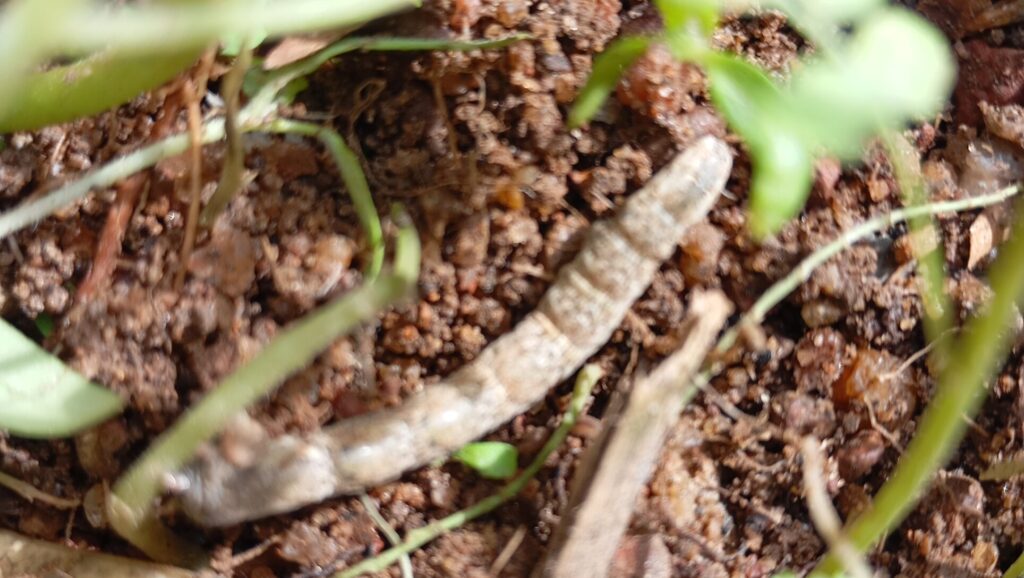
While not technically insects, European earthworms deserve mention as beneficial organisms that dramatically transformed North American ecosystems after their introduction. European settlers deliberately brought these efficient decomposers to improve agricultural soils, appreciating their ability to aerate soil and process organic matter. For centuries, earthworms were considered universally beneficial, the gardener’s best friend working silently beneath our feet. However, ecological research has revealed a shocking truth: northern North American forests evolved without native earthworms following the last ice age, developing a distinctive ecosystem with a thick, slow-decomposing forest floor that supports unique plant communities. The introduction of European earthworms has fundamentally altered these forests by rapidly consuming leaf litter, changing soil structure, and creating conditions that favor invasive plants while threatening native wildflowers, ferns, and tree seedlings. This dramatic example shows how even organisms widely considered beneficial can disrupt ecosystems that evolved without their presence.
The Parasitic Wasp Problem: When Specialists Become Generalists
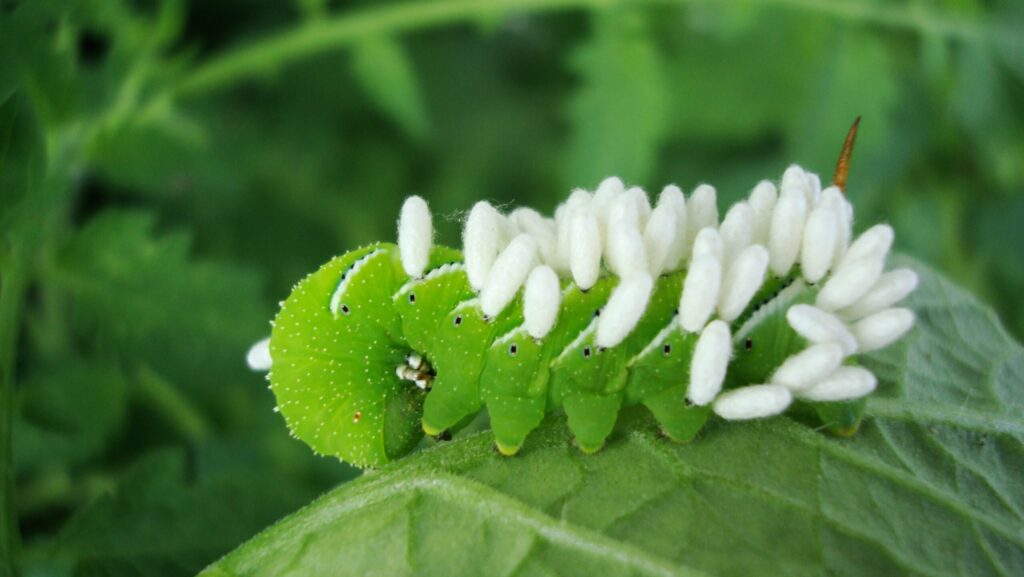
Parasitic wasps represent one of the most commonly used and generally successful groups of biological control agents, with thousands of species that target specific insect pests. These tiny wasps typically lay their eggs inside or on host insects, with their larvae consuming the host from within—a gruesome but effective method of pest control. Scientists carefully select species that specifically target problem insects without affecting beneficial or native species. However, in some cases, introduced parasitic wasps have expanded their host range beyond their intended targets, attacking native insects with no prior evolutionary history with these predators. The tachinid fly Compsilura concinnata, introduced to control gypsy moths, now attacks more than 200 species of native moths and butterflies in North America, contributing to the decline of several beautiful silk moth species. These cases highlight the difficulty in predicting how specialized a parasitoid will remain when placed in a new environment with potential hosts that never evolved defenses against them.
Praying Mantises: Charismatic Predators with Indiscriminate Appetites
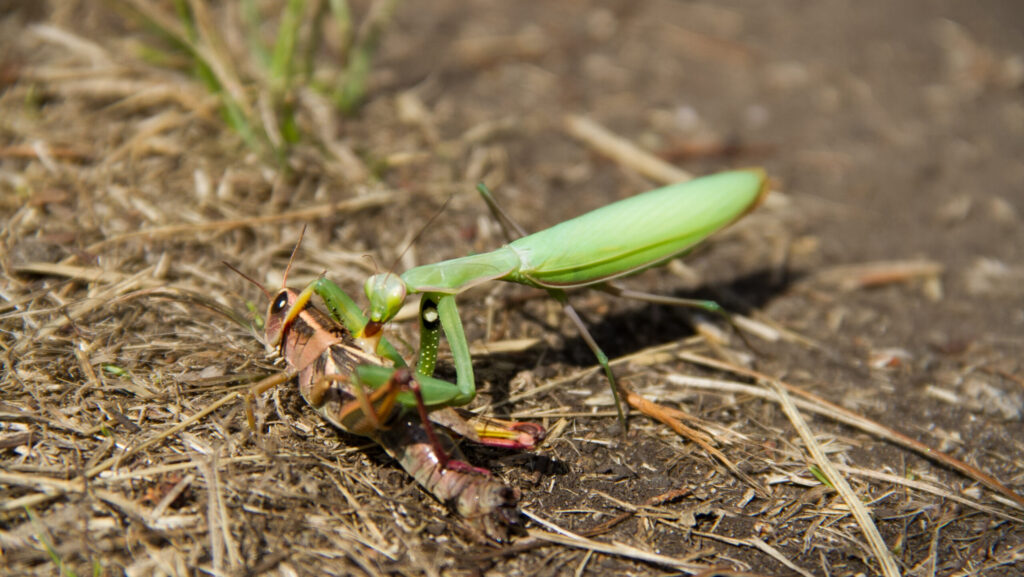
The European and Chinese mantises represent beloved garden allies that have become problematic invaders in North America. These impressive predatory insects were deliberately introduced in the late 19th century as biological control agents against agricultural pests, and they continue to be sold and distributed today for garden pest management. Their distinctive appearance and fascinating hunting behaviors have made them popular with gardeners and nature enthusiasts. Unfortunately, these generalist predators consume beneficial insects just as readily as pests, including native bees, butterflies, and even small vertebrates like hummingbirds. Research suggests that introduced mantises may significantly impact populations of native pollinators and other beneficial insects, potentially causing more ecological harm than good. Their case illustrates how even charismatic and popular beneficial insects can disrupt ecosystems when introduced outside their native range, particularly when they occupy top predator positions in insect communities.
The Regulatory Challenge: Balancing Risk and Reward

The regulation of biological control agents presents one of environmental management’s most difficult balancing acts. Government agencies must weigh the potential benefits of introducing beneficial insects against the risk of ecological disruption, often with incomplete information about how these organisms will behave in new environments. Modern regulatory frameworks require extensive testing before non-native beneficial insects can be released, including host-specificity tests to ensure they won’t attack non-target species. However, even the most rigorous laboratory tests cannot fully simulate the complexity of natural ecosystems or predict how an organism might adapt over generations in its new habitat. The challenge is further complicated by economic pressures from agricultural industries seeking cost-effective pest management solutions and the difficulty of conducting risk assessments across different temporal and spatial scales. Despite significant improvements in regulatory oversight, the inherent unpredictability of biological systems means that even carefully screened beneficial insects sometimes become problematic invaders.
Modern Success Stories: Learning from Past Mistakes
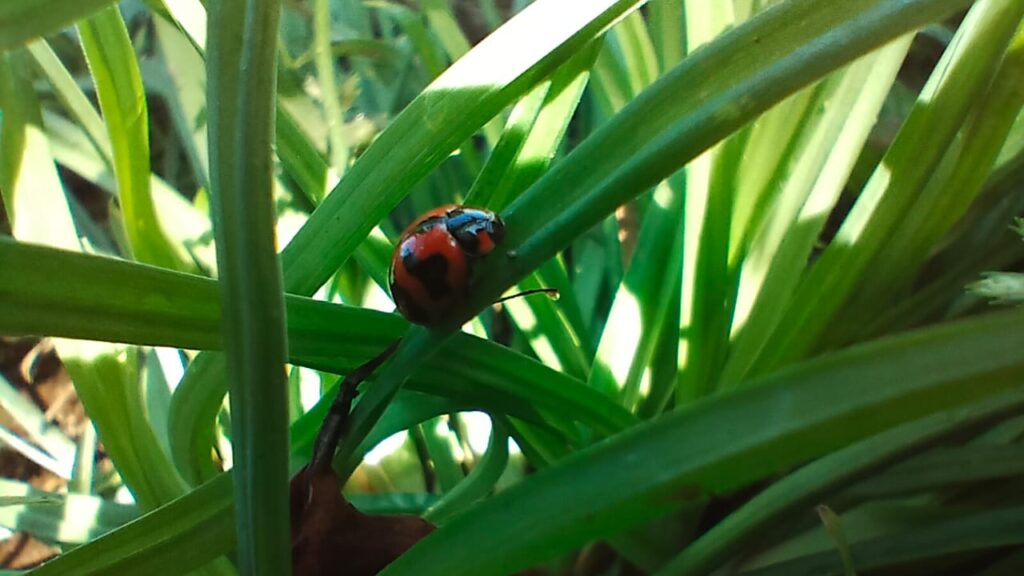
Despite the cautionary tales, modern biological control has achieved remarkable successes by applying lessons learned from past failures. Today’s practitioners employ much more rigorous screening protocols, focusing on highly specialized natural enemies that target specific pests. The salvation of California’s citrus industry from the cottony cushion scale insect by the introduction of the vedalia beetle remains a textbook example of successful biological control, with the beetle maintaining a stable relationship with its prey for over a century without expanding to non-target species. Similarly, the use of Cryptolaemus montrouzieri (mealybug destroyer) has provided sustainable control of mealybugs in many crops without significant non-target effects. These success stories share common elements: the control agents are specialists with narrow host ranges, scientists conducted thorough pre-release testing, and post-release monitoring allowed for quick intervention if problems arose. Modern biological control aims to maximize these elements to prevent helpful insects from going rogue while still harnessing their beneficial qualities.
Climate Change: A New Variable in the Equation

Climate change adds another layer of unpredictability to the already complex calculation of biological control risks. Rising temperatures, altered precipitation patterns, and increasing carbon dioxide levels are reshaping ecosystems worldwide, potentially changing how introduced beneficial insects interact with their environment. Previously benign introductions might become problematic as climate shifts expand their potential range or alter their life cycles. For instance, some beneficial insects that were once limited by cold winter temperatures may expand northward as warming trends continue, potentially impacting new ecosystems. Conversely, some historically successful biological control relationships might break down if changing conditions disrupt the synchrony between predator and prey life cycles. Climate change also creates new invasion opportunities as previously unsuitable habitats become hospitable to exotic species. These dynamics mean that even the most carefully assessed biological control introductions today could have unforeseen consequences in tomorrow’s changing climate, requiring adaptive management approaches and continuous monitoring systems.
The Native Alternative: Harnessing Local Heroes
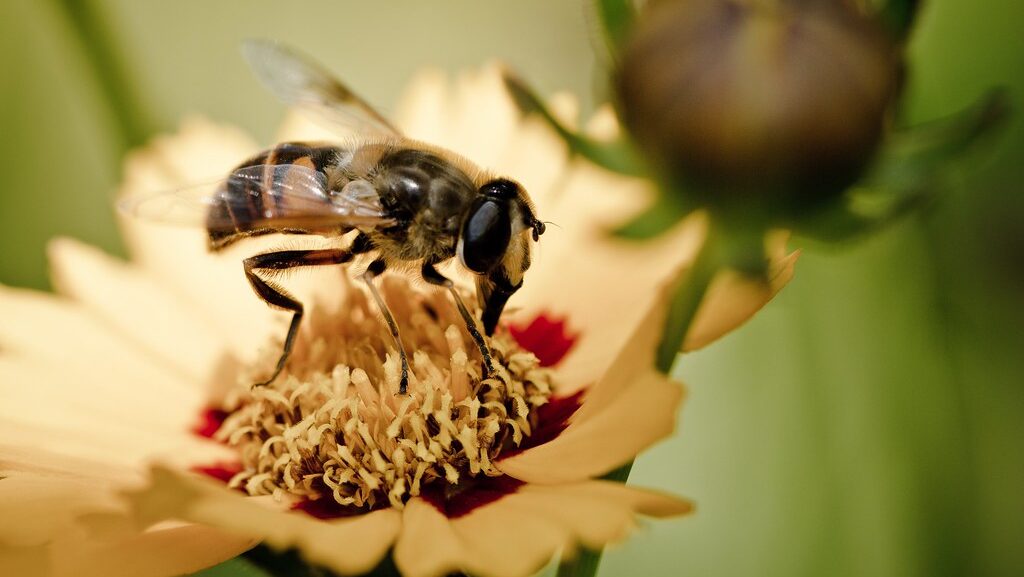
A promising approach to avoiding the pitfalls of exotic biological control involves identifying and enhancing populations of native beneficial insects rather than importing foreign species. Every ecosystem contains indigenous predators, parasites, and competitors that have evolved alongside local pest species, often maintaining natural balance before human disturbance altered these relationships. Conservation biological control focuses on creating favorable conditions for these native beneficial insects through habitat management, reduced pesticide use, and targeted support such as insectary plantings and artificial shelters. Native predatory insects like soldier beetles, lacewings, and many lady beetle species provide significant pest control services without the risks associated with exotic introductions. Similarly, North America’s thousands of native bee species offer pollination services that could reduce dependence on introduced honey bees in many contexts. This approach recognizes that sometimes the best biological control agents are those that have been present all along, requiring only suitable conditions to flourish and provide their ecosystem services.
The Ethics of Deliberate Introduction: A Philosophical Perspective
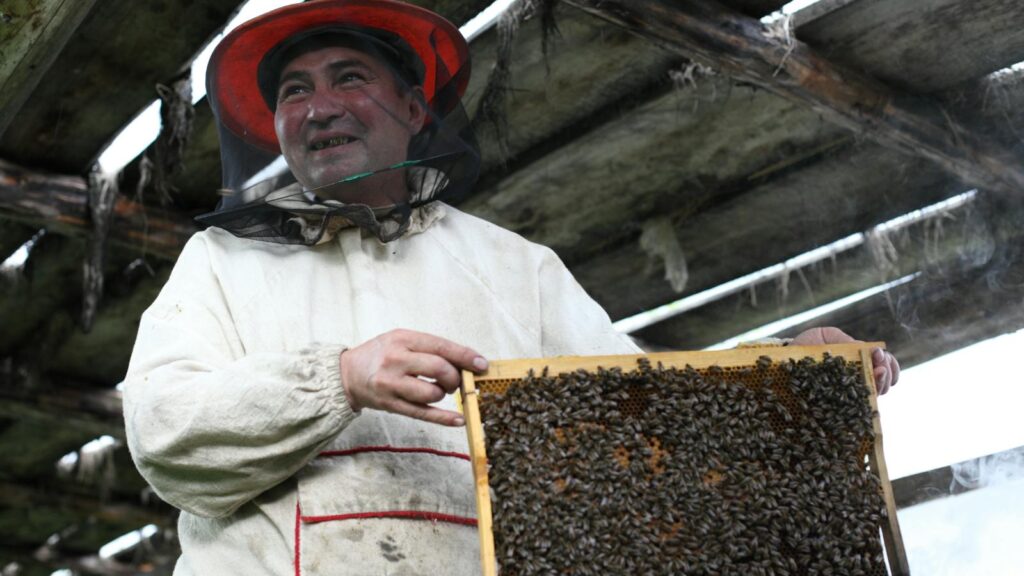
Beyond practical considerations lie profound ethical questions about humanity’s right to deliberately introduce species into new ecosystems. These decisions involve weighing complex values regarding ecosystem integrity, human welfare, and our responsibility toward both managed and natural environments. Some environmental philosophers argue that natural systems possess intrinsic value independent of human needs, suggesting we should minimize interference in ecological processes we don’t fully understand. Others emphasize our responsibility to mitigate human-caused problems like invasive pest species, particularly when they threaten food security or ecosystem functions. The ethical calculus becomes especially challenging when comparing potential outcomes: is it more ethical to use chemical pesticides with known environmental impacts or risk biological control introductions with uncertain long-term consequences? There are no simple answers to these questions, but they deserve careful consideration alongside scientific and economic factors when making decisions about importing beneficial insects. Ultimately, the ethics of biological control reflect deeper questions about humanity’s relationship with the natural world and our capacity to predict and manage the consequences of our interventions.
Lessons for the Future: A More Careful Path Forward

The checkered history of beneficial insect introductions offers valuable lessons for future biological control efforts. First and foremost is the recognition that ecological complexity often defies our predictive abilities, requiring humility and caution when deliberately altering ecosystems. Modern approaches increasingly emphasize extensive pre-release testing under various conditions, with particular attention to host specificity and potential behavior changes in new environments. The importance of post-release monitoring cannot be overstated, enabling early detection and response if introduced organisms begin showing problematic behaviors. Biological control practitioners now recognize the value of integrated approaches that combine multiple management strategies rather than relying solely on introduced organisms. Perhaps most importantly, the field has embraced a more collaborative approach that includes ecologists, conservation biologists, and stakeholders from various sectors in decision-making processes, moving beyond the purely agricultural focus that characterized early biological control efforts. These evolving practices reflect a growing appreciation for both the power and the responsibility involved in deliberately introducing organisms as ecological engineers.
The story of beneficial insects gone rogue serves as a humbling reminder of nature’s complexity and our limited ability to predict ecological outcomes. From cane toads to Asian lady beetles, history is littered with well-intentioned introductions that created unforeseen problems. Yet biological control remains an essential tool in our sustainable management arsenal when applied with appropriate caution and knowledge. As we face growing challenges from climate change and globalization, the balanced application of biological control—informed by past failures and guided by rigorous science—offers a path toward managing pests while respecting ecological boundaries. The future of this field lies not in abandoning biological control but in approaching it with the wisdom hard-won through past mistakes, recognizing that even the smallest creatures can reshape entire ecosystems when moved beyond their evolutionary context.

